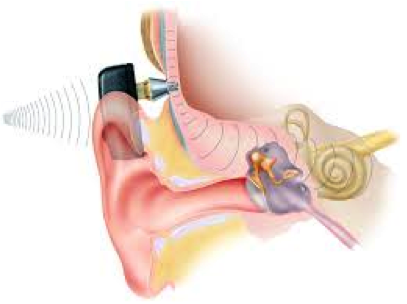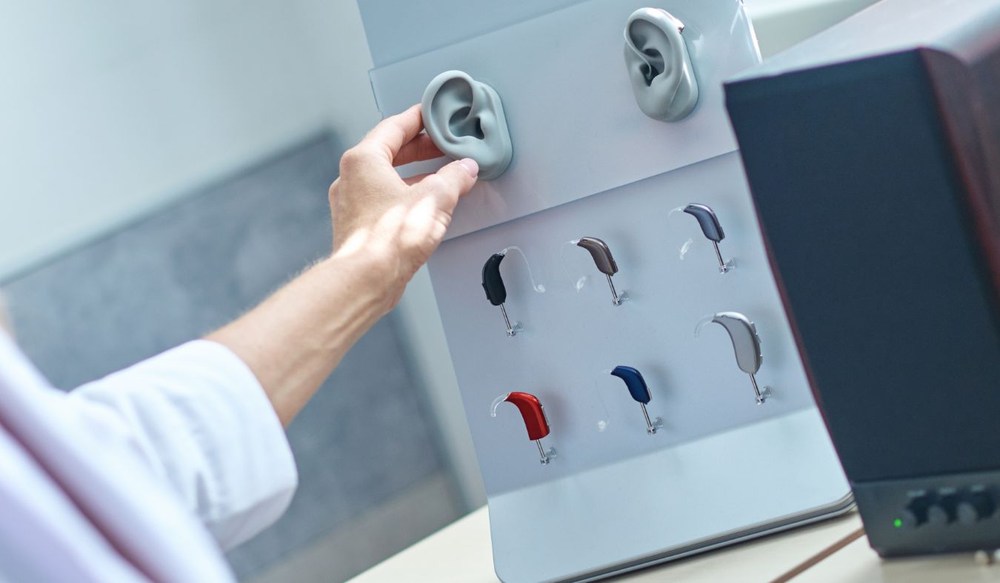Innovations in Hearing Aid Battery Technology
Battery technology has come a long way in recent years, and these


Battery technology has come a long way in recent years, and these

Hearing care has changed significantly in recent years, going beyond the

Hearing aids have come a long way from being simple sound amplifiers –